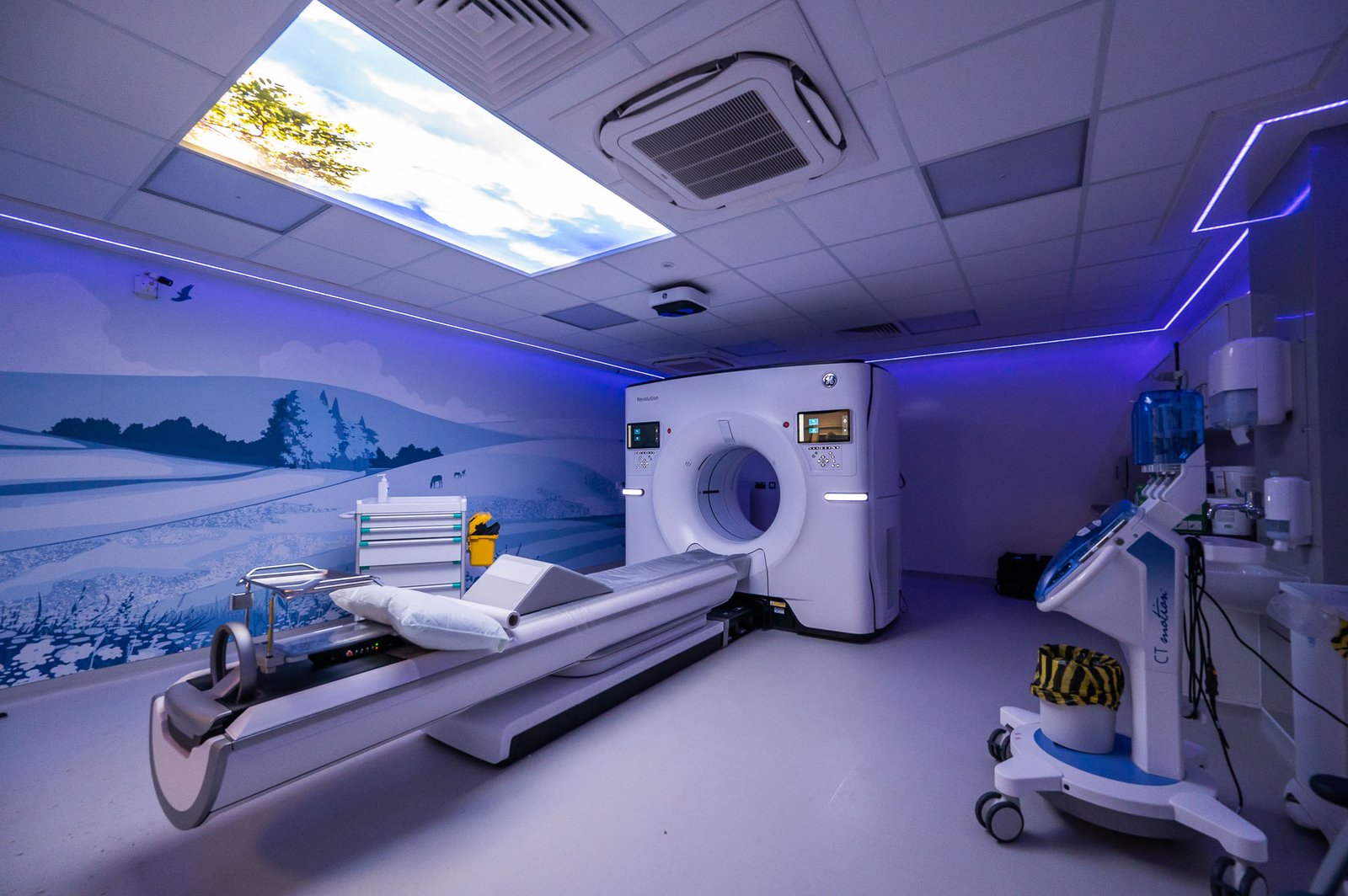From the first conversation to final delivery: Building healthcare spaces that work
When we first sit down with an NHS estates team, we know we’re not talking about buildings, we’re talking about people. Patrick Colby shares some of the key learnings from our team who delivered the Newmarket Community Diagnostic Centre (CDC).
From the patients requiring acute care and their support network of friends and family to those working as part of the UK’s extensive NHS estate, we’re engaging all these user experiences, shaping ideas and solving problems all with the common goal of ultimately improving patient outcomes.
At Morgan Sindall Construction we’ve delivered over £347m healthcare projects in the last five years. But it isn’t our track record that sets up a part – it’s our business model that defines our approach for our healthcare customers. Many of the challenges and goals of the NHS are broadly similar across each trust, regardless of their location, such as an objective to be patient-led, to decarbonise an existing estate and make healthcare accessible for all.
But as a decentralised business our regional offices can also respond to the unique challenges and goals of our local clients – which are often defined by many localised factors including – geographical location, access to healthcare and other socio-economic characteristics.
Our adaptability means that our clients get the best of both worlds local people who can adapt to a unique scenario, have a personal connection with the projects locality and combine this with the full backing of a national capability and wealth of accessible knowledge.
Turning insights into practical outcomes for our local customers
One of our most powerful tools in our work is early engagement. It’s a hugely collaborative process and the earlier we can get stuck and bring together the wider consultant and supply chain teams and stakeholders the better – often before formal design or procurement stages begin.
As a business we shared the benefits of early collaboration in October 2021, as part of our multi-disciplinary R&D project – the Circular Twin. Where amongst a team of contractors, frameworks, consultants and supply chain traditional thinking was discarded in favour of much earlier pre-design engagement, showing that a 67% reduction in whole life carbon was possible.
This research underpins our approach today – we call it our intelligent solutions approach where we create bespoke solutions to achieve our clients aspirations for their buildings.
Locally as part of the £7.7 million Newmarket Community Diagnostic Centre for West Suffolk NHS Foundation Trust early engagement by our Eastern Counties team resulted in a hybrid approach to construction was developed – in contrast to the initially considered fully modular proposal. The fully compliant, hybrid solution delivered a more cost effective and time-neutral outcome that matched the Trust’s tight programme and ambitious clinical and carbon reduction goals.
The project achieved Perfect Delivery and the team received a Recommended score from the client of 9.
“We gave Morgan Sindall a very challenging programme to achieve, and they were up against it,” said Matt Clarke from West Suffolk NHS Foundation Trust. “It looked impossible on paper, but somehow it was coordinated and delivered. When you have a good team, everyone included, it all works”
Designing with stakeholders, not just for them
As part of the Newmarket CDC project the team engaged with service managers from ultrasound, CT, X-ray and MRI to ensure the design reflected their workflows and priorities. The staff advised on the types of lighting and surroundings such as green space and access to daylight that they felt would benefit the patients and make them feel more at ease before treatment.
Whilst the building was under construction the team were also welcomed to site to see the project as it unfolded, supporting their onboarding and familiarisation upon completion and then operation. A similar successful approach the team had taken elsewhere at the Resource Centre for Cambridgeshire and Peterborough NHS Foundation Trust.
“When I first drew some very basic ultrasound rooms on paper and said this is what I would like the department to look like, the construction team worked with me to make sure that everything was spot on,” said Libby Tett, Ultrasound Service Manager. “They really listened, and they haven’t just seen this as something they are building—they’ve been very aware of the purpose of the centre”
For the staff their input in the building and its design has given them that extra care and connection to their workplace. Their in-detail knowledge of the buildings features provides them with talking points to make the patients young and old feel much more at ease.


